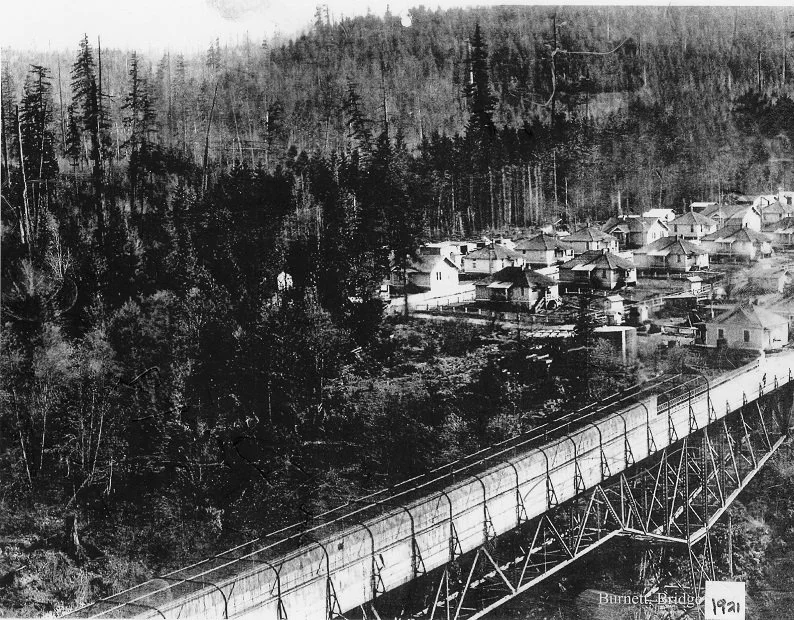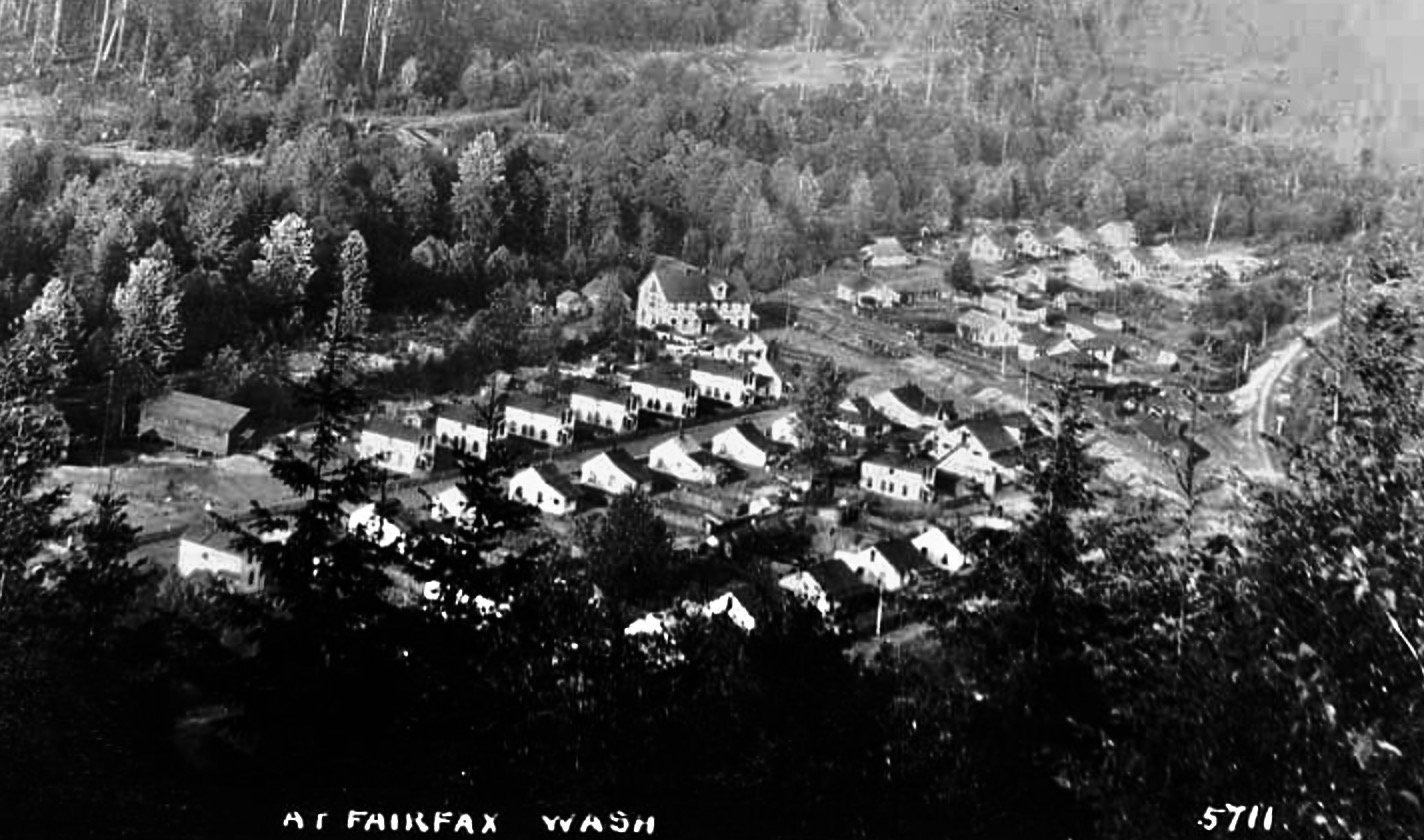History by Town
Foothills Historical Society covers the following geographical areas:
Wilkeson was founded in the 1880’s as a coal mining town to supply the west coast with fuel for steam engines and ships, The Northern Pacific Railroad ran right down the center of the commercial district. After the coal market was reduced by gas powered technology, the mines were shut down. World War II brought steam power back and the need for coal for fuel. After the Korean conflict, the coal mines again shut down. The small town thrives today as a diverse and lively community. The last weekend of July the town revives its history by staging handcar races.
Wilkeson
Buckley was founded by early pioneers on the old Naches Trail. The virgin timber forests of cedar and spruce brought loggers who supplied timber for the mines in the Carbon River Corridor and the Northern Pacific Railroad. Clear cutting and natural open prairies made livestock grazing, hop growing and fruit orchards possible. Logging is still celebrated in this town of 5,000 yearly by the Buckley Log Show.
Buckley
South Prairie
South Prairie began as a small farming settlement of coal miners who bought some land. They settled their families on the farms they built and continued to work on the railroad, coal mines or lumber mills. A fire destroyed most of the original town. Only a few of the surrounding homes and a hotel were spared. Today South Prairie is a quiet refuge from the busy cities and freeways. It is a popular stop on the Foothills Trail from Buckley to the Sound.
South Prairie is on SR 162 from SR 410 in Sumner. Just past South Prairie SR 162 connects to SR 165 (N to Buckley or S to Burnett, Wilkeson and Carbonado.
Carbonado was one of the earliest coal mining towns. The mine entrance was below the town on the Carbon River. Coal was brought up the hill via a steam-powered incline railway. Mules lived in the mines to pull the carts to the entrance of the mine. The local school is a historic site and still in use for grades K-8. Carbonado Saloon, a relic of the company town,is still in business. SR 165 is now closed above Carbonado due to loss of O’Farrell (Fairfax) Bridge over the Carbon River.
For more detailed information visit http://www.historylink.org/File/20506
Carbonado
Burnett
Just past the Wilkeson Creek bridge SR 165 passes through Burnett, built by the Pacific Coke and Coal Company in the early 1900’s, has many of the original coal miner’s homes. The mine was just under the bridge to the right. Below the bridge is a road running along the creek through what was known as Lower Burnett.
This picture shows the covering built over the bridge to keep striking miners from throwing rocks on miners going to work below in the 1920’s.
Fairfax
Fairfax was once referred to as the most beautiful of the coal mining towns on the Carbon River. It lay at the furthest point on the Northern Pacific railway with only the Manley-Moore lumber mill above it. Fairfax was demolished by the company. It is now privately owned land and not accessible to the public.
First established as a coal mining town owned by Pittsburg (1889-1902, then Spiketon (1910-19160 and finally Morristown (1917-1927. Located south and west of Buckley. Nothing remains of this site.









